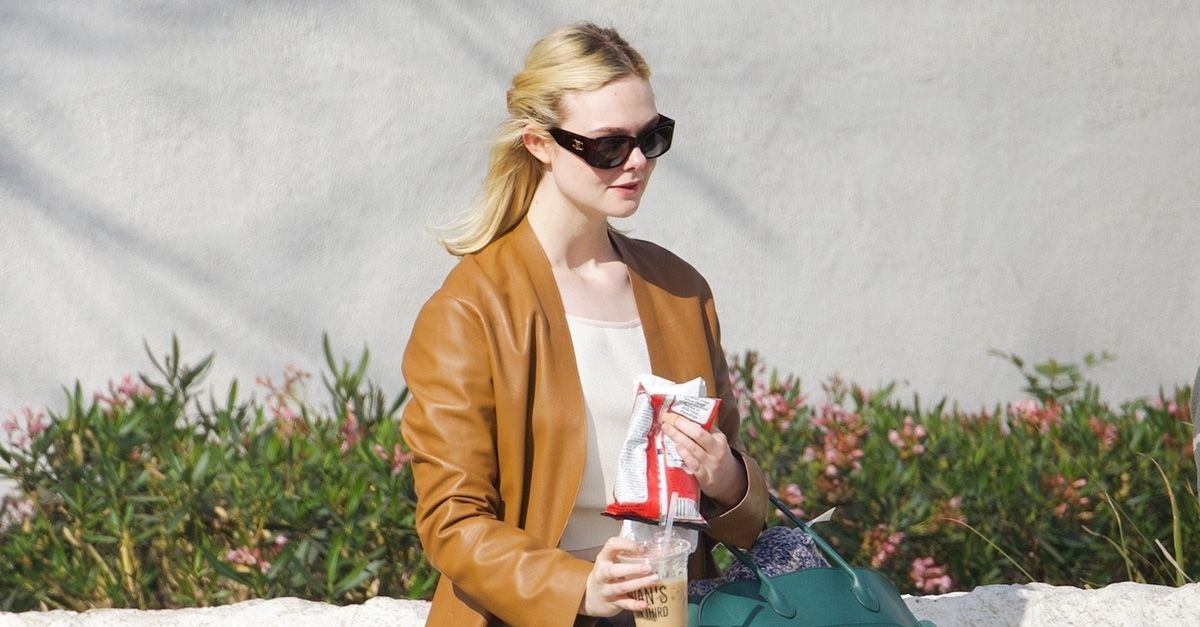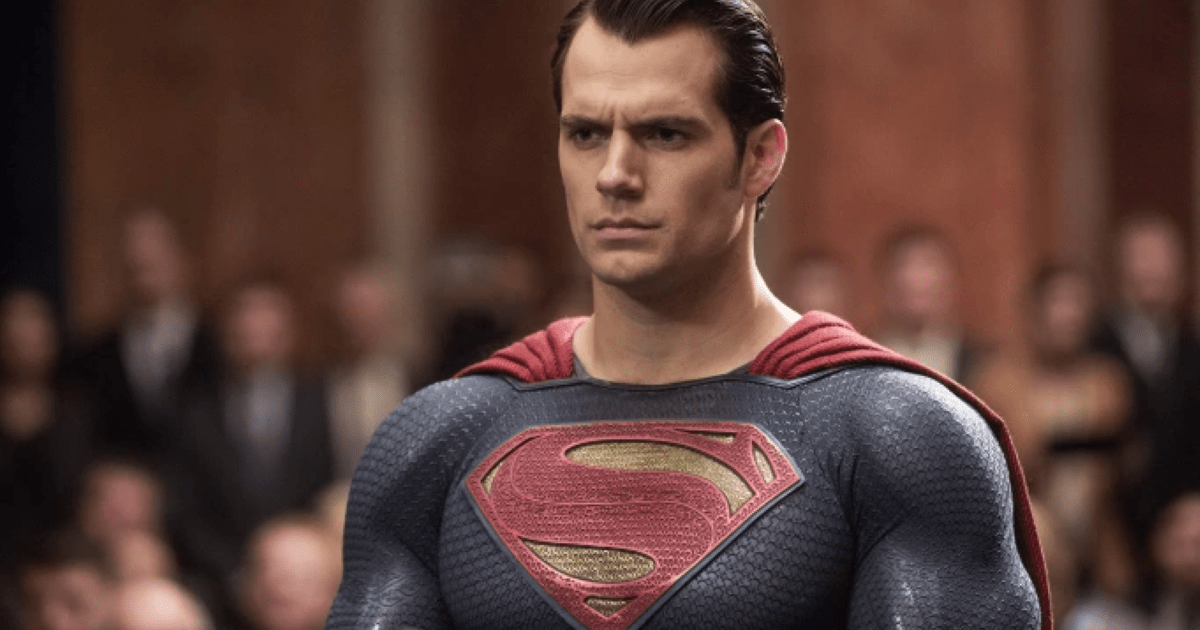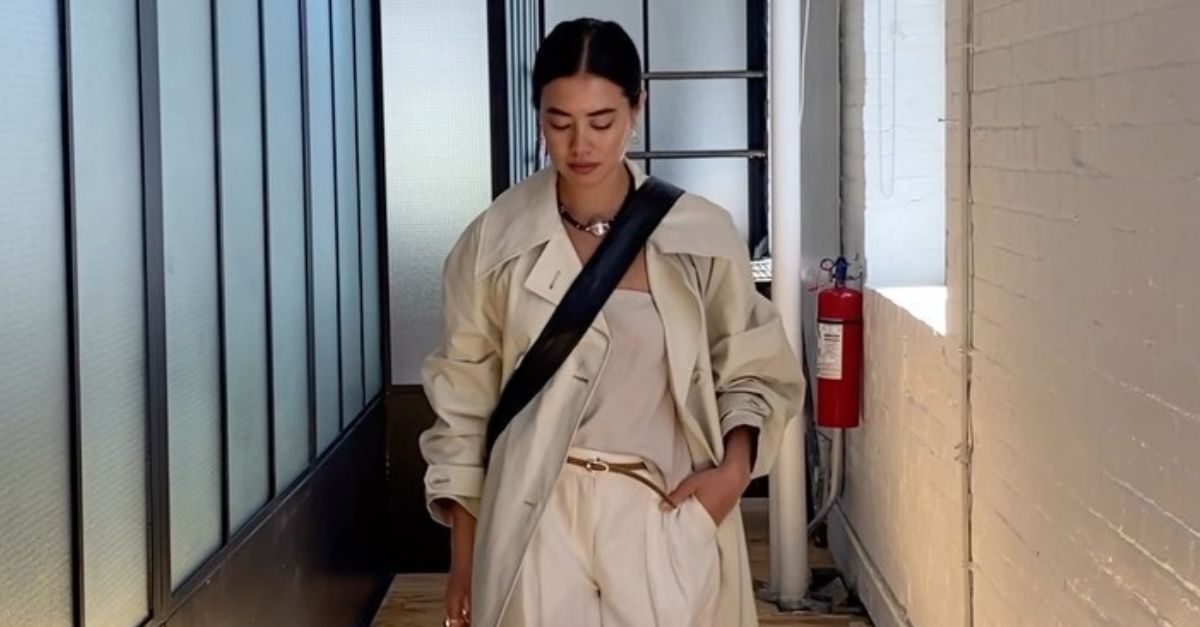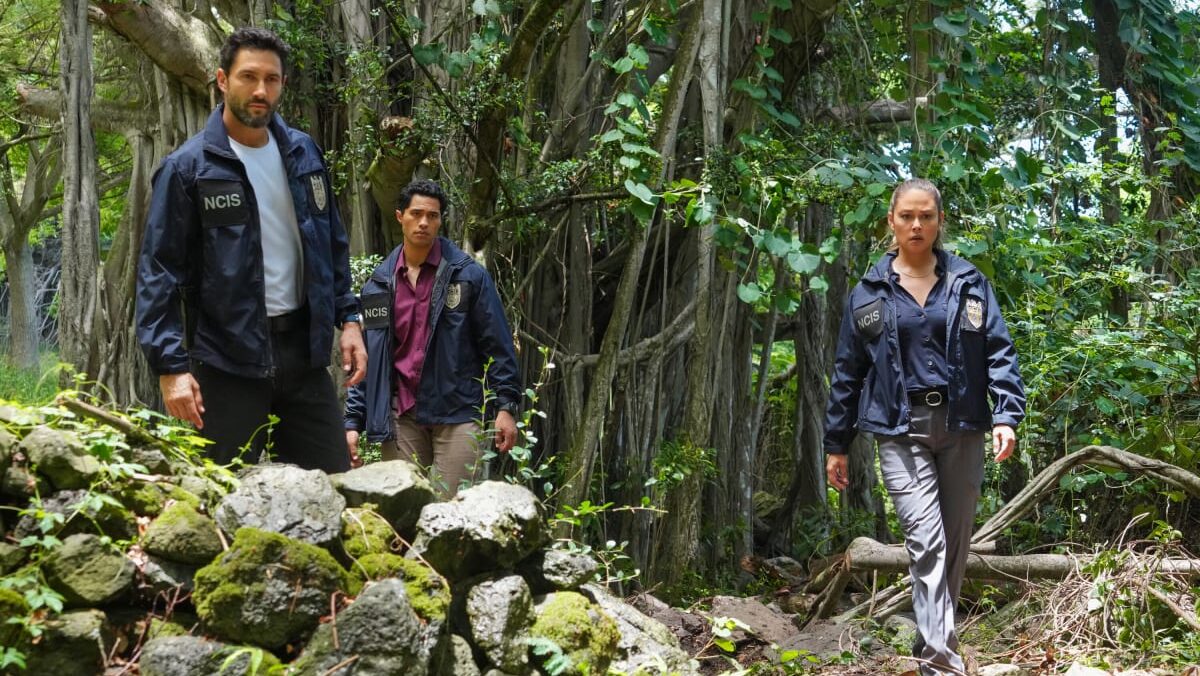It was the image that launched a social media sensation: football superstars Cristiano Ronaldo and Lionel Messi hunched over a chess game set atop Louis Vuitton’s signature luggage.
That 2022 campaign image broke the record at the time for most likes on Instagram. Now the world’s biggest luxury house, with more than €20bn in annual sales, is looking to capitalise once again on one of the sporting world’s biggest duos in a new campaign featuring rival tennis virtuosos Rafael Nadal and Roger Federer.
The pairing is a coup for Vuitton chief executive Pietro Beccari. It has been just over a year since he took on one of the luxury sector’s biggest jobs with a mandate to further grow the LVMH-owned brand — which had its origins as a 19th-century luggage-maker — by transforming it into a cultural juggernaut.
“There is no household in the world that doesn’t have [contact with] Louis Vuitton products,” Beccari tells the FT in a video interview from Paris. “There are not a lot of brands that can say they enter the lives of people like we do.”
Beccari is not just talking about sales of handbags and ready-to-wear fashion — though those more than doubled between 2018 and 2022, according to estimates from HSBC. Now, under the guidance of LVMH chief executive Bernard Arnault and Beccari’s leadership, Louis Vuitton is further pushing back luxury’s boundaries in a bid to reach an ever-wider audience.
“We are in books, in writing, in editing. We are in music,” the 56-year-old Italian executive says. “We are very much in sports . . . so we are very much covering a spectrum of life that interests people. It is like a magnet for them to become attracted to the brand.”
Beccari’s popular approach to the luxury brand was epitomised by his appointment last year of musician and producer Pharrell Williams to design menswear. What Williams lacked in technical design knowledge he made up for in cultural cachet, transforming catwalk shows into entertainment events featuring elaborate stagings and musical guests such as Jay-Z. The appointment has divided the fashion world, however, with critics lamenting what they saw as the triumph of spectacle over craft at LVMH’s flagship brand.

For Beccari, however, weaving a deepening web of overlaps between popular culture, entertainment and brand identity is strategic and key to the megabrand’s future: “For every show Pharrell has done so far, we have always had new songs coming out” — the latest of which was produced for Miley Cyrus and played for the first time at Louis Vuitton’s latest autumn/winter 2024 menswear show.
Within the same season, “Pharrell also launched the cowboy hat and now you’re seeing that in the US just about everywhere. Even Beyoncé has an album supporting cowboy culture [for which Pharrell has also written a few songs]”, says Beccari. “These are examples of our brand in luxury, not just in selling bags, but having an influence on culture.”
However, the increasing ubiquity of Louis Vuitton presents its own challenge as the brand attempts to balance accessibility against losing the veneer of exclusivity that is essential to commanding the prestige and price points of luxury. “We’ll see if I’m good at it or not in two to three years . . . but this is an eternal dilemma,” says Beccari.
One of his bets is on creating limited distribution of entry-level products, such as sunglasses and fragrance, in order to create scarcity. This has seen “incredible success”, he notes. “Normally a successful perfume would be in 80,000 or 90,000 stores. We limit it to around 400.” (Louis Vuitton’s store network is much larger than luxury peers such as Hermès and Chanel).

Louis Vuitton’s control of its distribution network and policy of never discounting its products are another advantage, according to Beccari. He also points to its care system, which allows customers to bring back products purchased from the brand to be repaired.
“We need to preserve our desirability despite our visibility and that’s the biggest challenge that we have,” Beccari says. “We are making sure that the levers we put in place will pay off in the long term, and I believe that this campaign [with Nadal and Federer] will help increase the desirability of the brand in the long run.”
Still, taking Louis Vuitton to the next level is being made more challenging due to a sector-wide slowdown in luxury sales following a multi-year boom during the pandemic. Brands with a broader, more aspirational client base such as Louis Vuitton have been hit harder by the slowdown than competitors like Hermès, which cater to the top tier of wealthy clients.
The darkening outlook in the key Chinese market, which fuelled growth for much of the past decade, also presents a challenge to the sector as a whole. “Beccari comes at a pretty difficult time because the industry is going through quite a bit of a slowdown, and notably the rebound in Chinese consumption is not at the level most industry managers would have hoped for a few months ago,” says Erwan Rambourg, global head of consumer and retail research at HSBC.
Beccari, however, has a naturally competitive nature, having previously been a professional footballer in Italy’s second division in his early life, as well as a coach. Born in a small town in Italy’s Parma region, Beccari was recruited to LVMH from mass market shampoo-maker Henkel in 2006.
He quickly rose through the ranks at the luxury group, first leading fashion brand Fendi before being appointed CEO of Dior, the group’s second-biggest brand by sales, in 2018. Under his leadership, Dior’s sales quadrupled, according to HSBC estimates, by expanding its market share across women’s and men’s fashion, leather goods, jewellery and homewares. He also oversaw the renovation of Dior’s flagship at 30 Avenue Montaigne in Paris, which includes a museum, restaurant and private suite.
Beccari has similar ambitions to leverage Louis Vuitton’s pedigree to expand its offering in hospitality. It already operates an airport lounge in Doha and restaurants in Osaka, Chengdu and Seoul. A large-scale project on Paris’s Champs Elysées, still currently under construction, is widely expected to include a Louis Vuitton-branded hotel.
“We have plans in the Champs-Elysées — it is not a secret,” says Beccari. “We are already active in lifestyle and believe that we need to be about much more than just buying bags.”

With Federer and Nadal, Beccari is making good on a project he first conceived back in 2007, when he was executive vice-president of marketing and communications at Louis Vuitton, with Antoine Arnault, Bernard Arnault’s eldest son and then-director of communications at Louis Vuitton.
It is a revival of the Core Values campaign that first began in 2007 and ran into the 2010s. The latest iteration shows Federer and Nadal, photographed by Annie Leibovitz, trekking through the jagged peaks of Italy’s Dolomites mountain range, both sporting branded backpacks (Federer in a classic monogram Christopher style and Nadal in a monogram Eclipse version).
Was it difficult getting the two superstars together? “Not at all,” insists Beccari. “They are good friends and see each other privately. It was a rivalry that became a friendship. They are proud of it and I think they set an incredible example.”
“We sell excellence, quality, success and optimism. In a way, the notion of travel and adventure in life is a mirror of that,” Beccari continues, and the driving force behind LVMH’s sponsorship of this summer’s Paris Olympics.
For the executive, Nadal and Federer epitomise the Olympic spirit. “I think nobody more than them represents this extreme, ferocious competition that becomes friendship, which is exactly what sports should be.”
Find out about our latest stories first — follow @financialtimesfashion on Instagram — and subscribe to our podcast Life & Art wherever you listen


























































![Mason Ramsey – Twang [Official Music Video] Mason Ramsey – Twang [Official Music Video]](https://i.ytimg.com/vi/xwe8F_AhLY0/maxresdefault.jpg)






![The Original “Pretty Little Liars” Is Still a Loony Horror-Lite Treat [Guide to the Unknown] The Original “Pretty Little Liars” Is Still a Loony Horror-Lite Treat [Guide to the Unknown]](https://i0.wp.com/bloody-disgusting.com/wp-content/uploads/2024/05/Hanna-Tooth.jpeg?resize=998,600&ssl=1)
:quality(70):extract_cover():upscale():fill(ffffff)/2024/05/17/942/n/1922564/8ad95e796647ce0dc84119.54199838_Screen_Shot_.png)









![‘The Boys’ Recap: Season 3, Episode 7 — Soldier Boy Is [Spoiler] ‘The Boys’ Recap: Season 3, Episode 7 — Soldier Boy Is [Spoiler]](https://tvline.com/wp-content/uploads/2022/06/the-boys-recap-3.jpg?w=621)


:quality(85):upscale()/2025/01/15/863/n/49352476/9e69ba8767880fdc9084b2.84057222_.png)